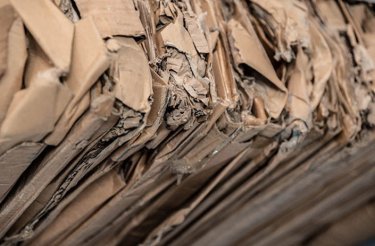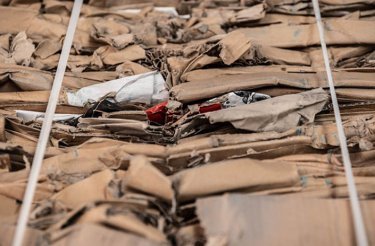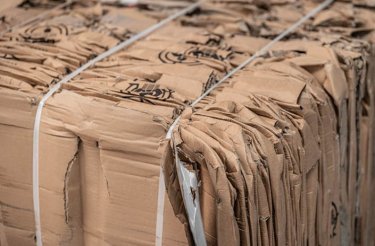
What kind of cardboard ought to be put inside the baler?
If you want to know what kind of cardboard is best to put in a baler for recycling, read this short guide.
Bail cardboard with versatile balers
Businesses that generate a lot of cardboard waste invest in balers because they allow them to handle the waste more effectively and also help the environment by recycling cardboard waste. Cardboard balers are used consistently in commercial and industrial sectors such as manufacturing, restaurants, retailers, hospitals, schools and printers.
There are many types of cardboard, but luckily cardboard balers are quite versatile and can compress all types of cardboard, regardless of shape, size or usage. Typically forms such as whole boxes, plates, sheets, tubes, fibreboard and paperboard can ALL be placed in a baler.

“Cardboard balers are quite versatile and can compress ALL types of cardboard.
But you should take certain steps to increase its recyclability”
You should definitely recycle cardboard
Cardboard is a high-quality material and you should definitely recycle it. Many companies are happy to pay for cardboard waste, so in the long run, this can even become a stable stream of revenue.
Contaminated, wet and laminated cardboard can be placed in a baler, but putting cardboard like this will lose its appeal to recyclers.

When baling cardboard, try to steer by these guidelines:
- Maintain Consistency Although you can mix cardboard types and forms, recyclers will be much happier if a cardboard bale is mostly made of the same type of cardboard
- Avoid Contamination Cardboard that has been in direct contact with any kind of food is considered contaminated and not suitable for recycling
- Don’t mix materials Any cardboard with plastic components or features, decorative elements or laminated will devalue the bale

Have a question?
Get in touch today to learn more about how Mil-tek can help your business save time, space and money by better handling waste
Get info about a product or have a chat with one of our local reps. Let us know what you need so the right person can get in touch